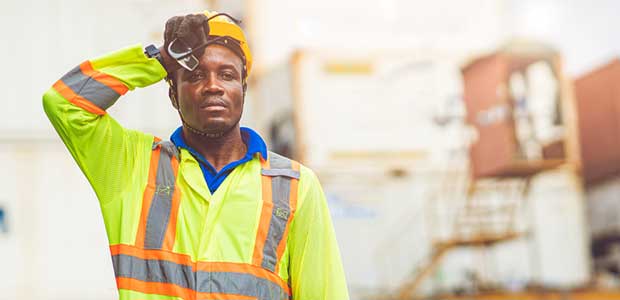
National Heatstroke Prevention Day Look Before you Lock
Today, July 31, 2020, is National Heatstroke Prevention Day. Many people and children die each year in hot cars—here are some ways you can prevent an accident in the heat.
In honor of National Heatstroke Prevention Day, many organizations are providing some tips for preventing heat stroke, injury and death—especially for young kids in cars. Whether accidental or intentional, heatstroke deaths (especially in vehicles) can happen quickly, but they are preventable.
Since 1998, 863 children have died because of vehicular heatstroke. The national average of child heatstroke fatalities per year since 1998 is 39 deaths. These are statistics as of July 28, 2020.
This PDF of Safety Tips for preventing heat stroke for kids in hot cars gives some important reminders to “look before you lock” and make sure it does not happen to you. Remember:
- Never leave a child alone in a parked car, even with the windows rolled down, or air conditioning on. Children’s body temperature can heat up 3 to 5 times faster than adults. A core temperature of 107 is lethal.
- Always look in both the front and back of the vehicle before locking the door and walking way. *Heatstroke can occur in temperatures as low as 57 degrees. On an 80-degree day, temperatures inside a vehicle can reach deadly levels in just 10 minutes.
- Never let children play in an unattended vehicle. Teach them a vehicle is not a play area. *Always lock your vehicle doors and trunk and keep the keys out of a child’s reach. If a child is missing, quickly check all vehicles, including the trunk.
If you see a kid in a hot car:
- Always make sure the child is okay and responsive. If not, call 911 immediately.
- If the child appears okay, you should attempt to locate the parents; or have the facility’s security or management page the car owner over the PA system.
- If the child is not responsive and appears in great distress, attempt to get into the car to assist the child, even if that means breaking a window.
Want some infographics and images to post or market around your workspace or site? Oksafety.com has some great options for download to check out.
Heatstroke can affect children and adults, but unfortunately, children are often not able to look out for their own safety and health—especially if they are left in a hot car. Make sure you are not responsible for a child’s heatstroke.
See the calendar of NSC’s Safety Observance and Event Calendar to check out other national recognition days.